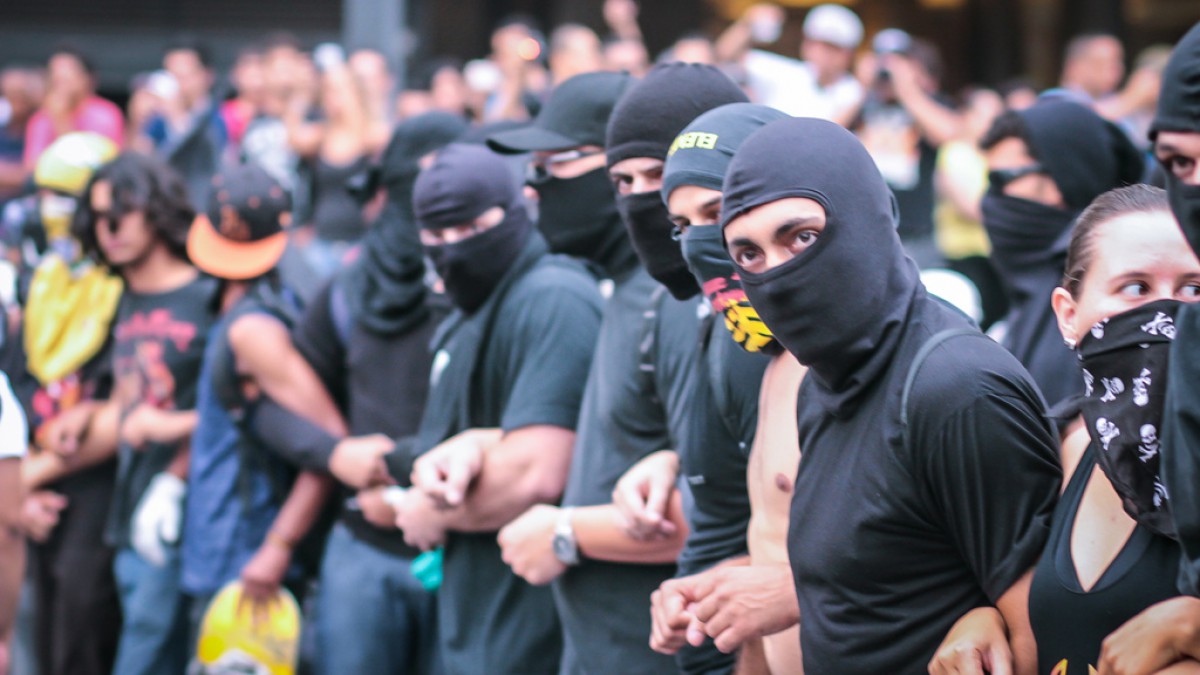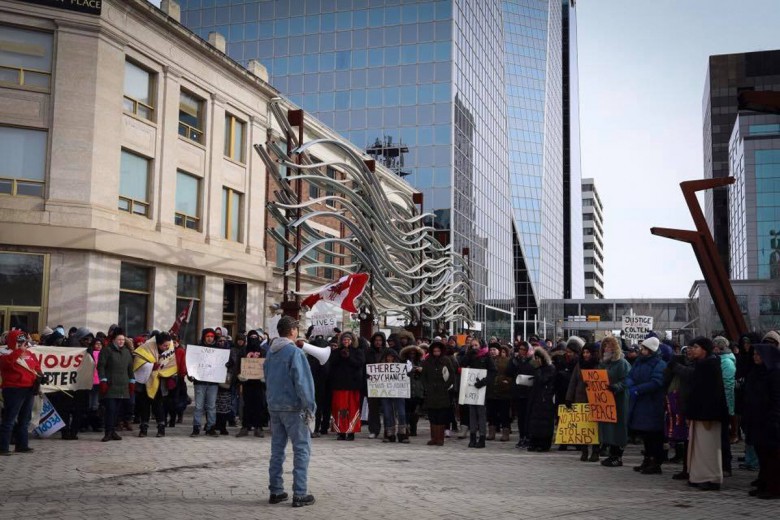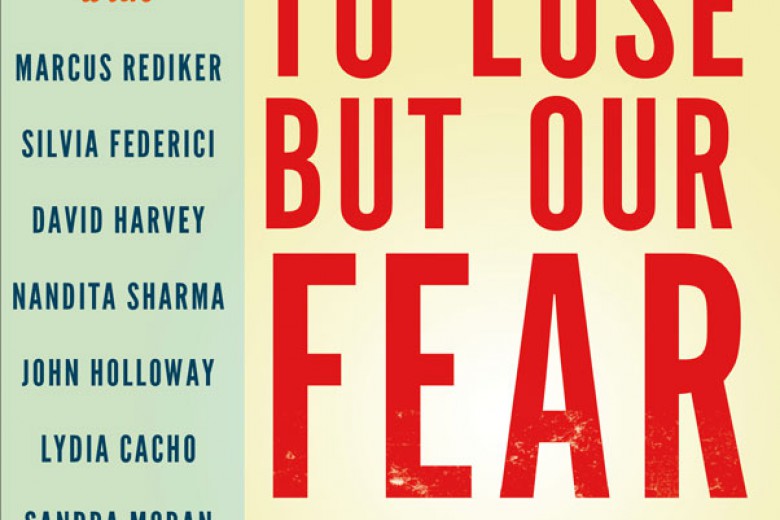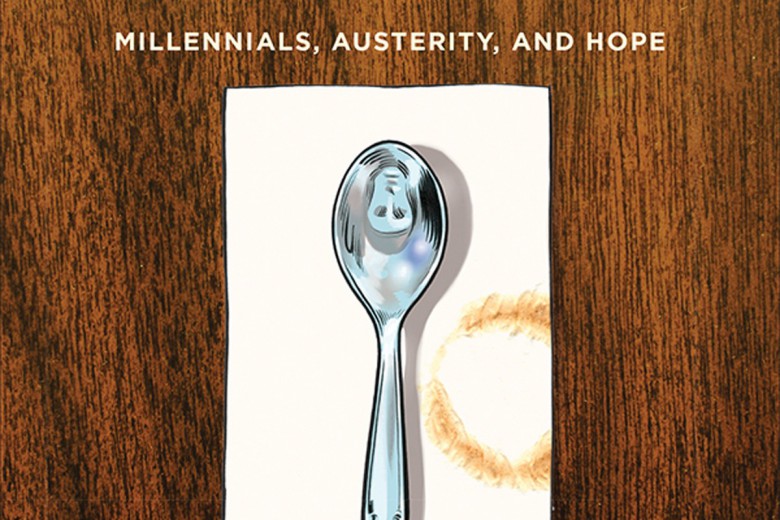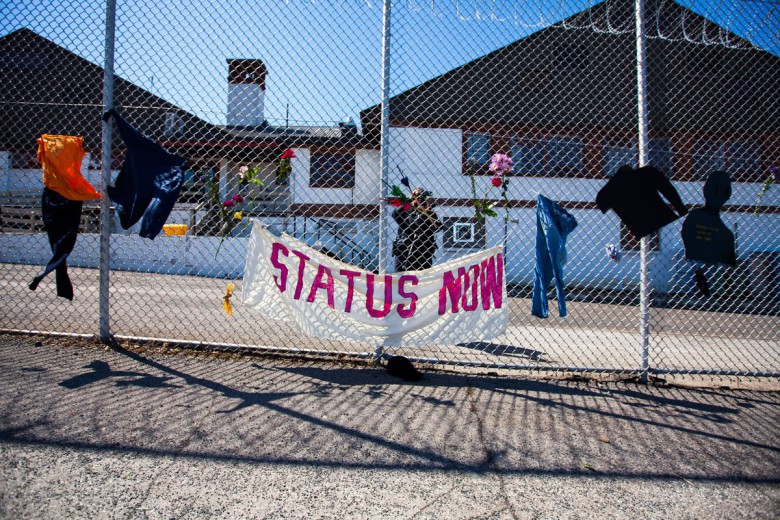One of the enduring ideas to emerge from the diversity of tactics debates of recent years has been the idea that the activist left should refuse to distinguish between “good protesters” and “bad protesters.” The concern emerged in the wake of the acrimonious infighting among the organizers of the Seattle anti-WTO protests in November of 1999. After the protest, in the course of which black bloc participants had engaged in high profile property destruction (mostly targeting chain retail store windows), organizers argued bitterly about who “belongs” inside the activist left.
Some critics went so far as to claim that bloc participants were not “real protesters,” but outsiders who had no place in the movement. Unwittingly, or perhaps in some cases strategically (as a device for enhancing their own “mainstream” credibility), these organizers had adopted the rightist trope of the protester as “outside agitator” and “troublemaker,” a supposedly suitable target for police repression, unlike the “good people” whose protests are law-abiding and respectful.
The use of this language by some organizers against others, and the way it seemed to confer legitimacy on the criminalization of some protesters, led many people to highlight the toxic and self-destructive implications of accepting this good protester/bad protester distinction into the discourse of the activist left.
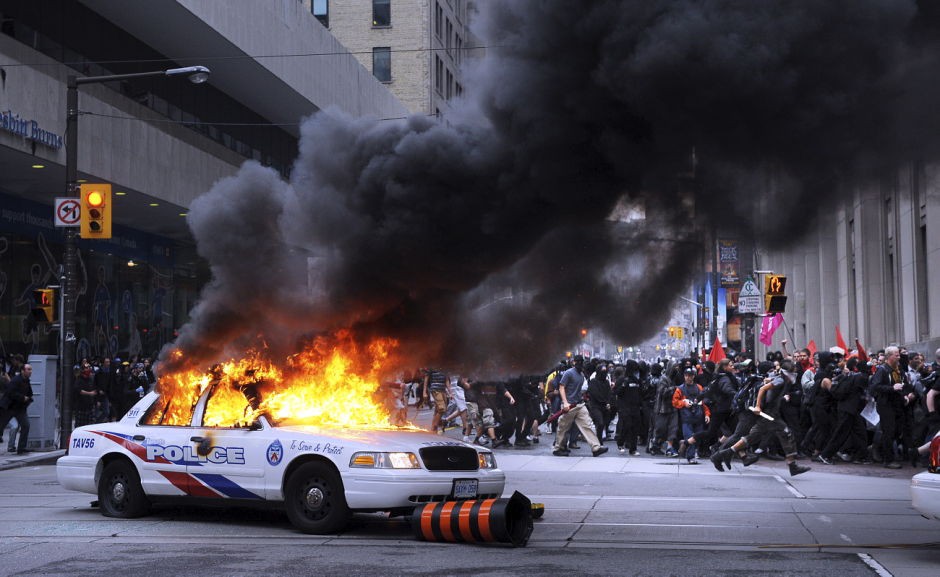
To be sure, mainstream journalists, editorialists, politicians, and police officers will inevitably reach for the good protester/bad protester contrast, as a way of conceding on the one hand that people have a right to protest, while insisting on the other hand that the most forceful and disruptive forms of protest deserve stigmatization and criminalization. We expect that sort of thing from the authorities and their boosters in the mainstream media. But to allow this sort of thinking into the left’s own way of talking about itself would – as the aftermath of the Seattle protests illustrated – do great damage to the activist left and its capacity to maintain solidarity against repression.
The ensuing backlash against the “bad protester” stigma was, and still is, a healthy, positive thing. It insulates the left, to some degree, from the danger of being drawn into supporting the efforts of the police to crack down on confrontational protest.
But this refusal to indulge in “bad protester” talk also carries with it a danger: that we might too crudely equate the good protester/bad protester contrast with normative thinking more generally (where “normative” means addressing what we should or shouldn’t do). The danger, in short, is that we might mistakenly assume that what needs to be rejected is all reflection and discussion about the merits of protest tactics, including their ethical merits. If we make this leap, embracing an austere amoralism, a collective refusal to think normatively and ethically about our tactical choices, we risk fatally weakening our capacity to learn from mistakes and strengthen our movements by means of critical self-reflection and debate.
Having it both ways
Can we have it both ways, however? Can we both: 1) repudiate the trope of the good protester/bad protester contrast and 2) engage in normative, critical assessment of the merits of different tactics? The answer is yes, we certainly can have it both ways. But we need a bit of clarity about what we’re doing.
First, note something about the “bad protester” idea. It does not take the form of internal self-reflection by movement participants about possible mistakes made within the movement, by some of us, our comrades, so to speak. Instead, it externalizes the (alleged) mistakes, and claims that those making certain tactical choices are not even members of our movement, but outsiders who have no place in the left. It stigmatizes them as “criminals,” “vandals,” and “troublemakers,” that is to say, as something other than co-participants in our struggles for social and environmental justice.
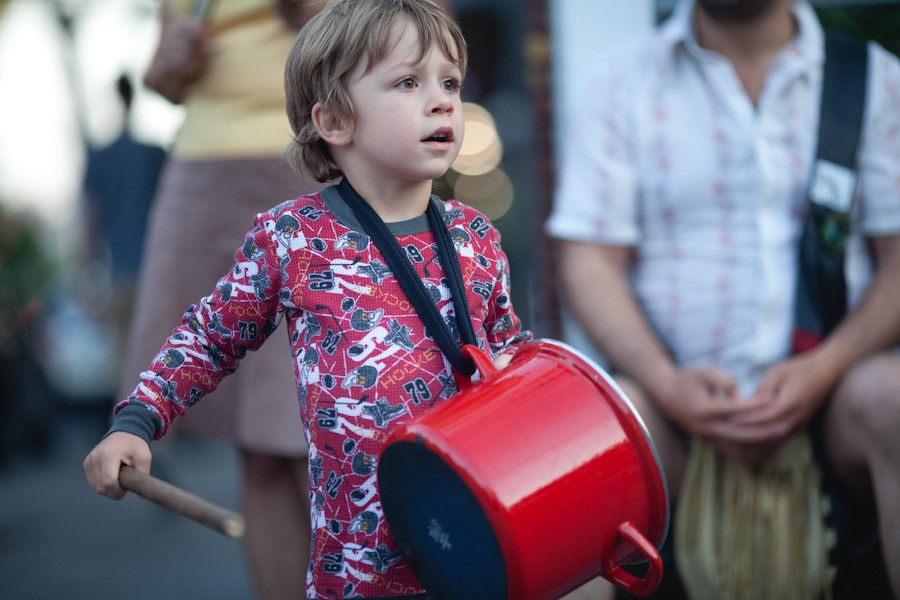
Karl Marx defined “critique” as “the self-clarification of the struggles and wishes of the age.” This idea, that our movements and struggles need to engage in self-clarification, by means of self-critique and internal debate, does require that we raise and debate concerns that we have about one another’s choices. We rightly argue about these things: Was that tactic helpful? Was it needlessly divisive within our own ranks? Was it too deferential to the police? Was there enough consultation with key movement allies? Did it attempt to substitute the boldness of a tiny number of people for the self-activity of a larger group, in whose name the action was taken? This kind of debate – “the self-clarification of our struggles” – is a far cry from any stigmatization of confrontational protesters as “criminals” and “vandals”; yet it is clearly and unflinchingly normative. It is reflection and debate about what we should be doing, and why.
The best militancy
Of course, there are better and worse ways to conduct this kind of discussion, and some ways seem better able to steer us away from complicity with “bad protester” stigmatization. In my book, Languages of the Unheard, I adopted a specific style of normative talk, using the concept of civic virtue as the primary normative framework. The question I addressed is, what is protest like when it is done well, at its best? Why do we admire the protester who exemplifies the civic virtue of “admirable militancy”?
By pursuing this line of questioning, I tried to give content to the idea that some militancy embodies a kind of exemplary excellence, worthy of our admiration and emulation. The best, most admirable militancy, I argued, would encourage those most directly affected to take the lead in securing the resolution of their own grievances, rather than paternalistically usurping their agency. The best militancy would enhance the power of people to govern themselves through reason-guided public discussion (typified by Assembly democracy), rather than exacerbating their domination by intransigent elites and unresponsive systems of power.
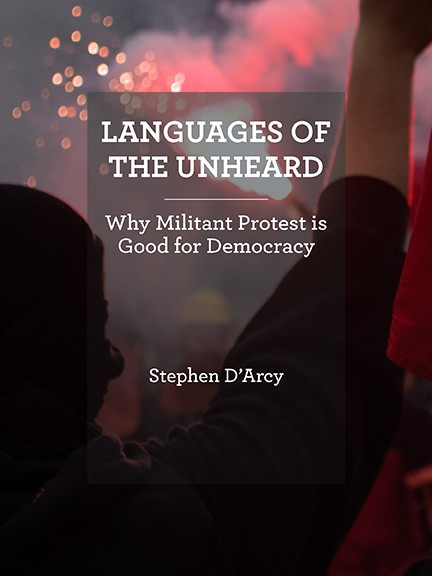
This emphasis on articulating an ideal – one which highlights excellence, but also clarifies where we sometimes go astray, succumbing to paternalism or substitutionism – avoids, in my view, the trap of complicity with “bad protester” vilification. A different, and in my view more troubling normative approach, might focus on drawing a sharp line between “permissible” and “impermissible” protest. What would worry me here is that this approach would risk allowing the focus to shift from understanding what makes excellent protest admirable, to the very different question of what people are “forbidden” or “permitted” to do, morally, as a matter of duty. This in turn would encourage us to focus on assigning blame and issuing imperatives.
In moral philosophy, we would call this a difference between a “virtue ethic” of protest and a “duty ethic” of protest. It seems clear that a virtue approach, like the one I have tried to use, is much better suited to help us navigate a course between two errors: on the one hand, a blame-fixated moralism which risks fuelling the vilification and stigmatization of confrontational protesters; and on the other hand, a crude amoralism that disavows the concepts of “better” and “worse” and thereby blocks the kind of “self-clarification of struggles” that enable movements to learn and grow.
Are there “bad protesters,” then, or not? A proper answer to this question requires a bit of subtlety. It is that sometimes resistance to injustice – which is good – can be done in ways that fall short of our best models of protest excellence, and these failures are properly subject to critical scrutiny from comrades, on a peer to peer basis. But when we criticize our fellow protesters, and when they criticize us, for (allegedly) falling short in one way or another, we should view this as one of the learning processes that our movements embrace, to make our protest more potent and more consistent with our egalitarian and democratic principles and aims.
It has nothing to do with drawing a line between “us,” the “good protesters,” and “them,” the “bad protesters,” supposedly exterior to our struggle. It is, on the contrary, a way of clarifying, collectively, how we might better conduct our common struggle against our shared adversaries. In these debates we argue with one another, often sharply and passionately, about how we might do better; we do not argue against one another, as if we were on opposite sides, or as if any of us could endorse the criminalization or demonization of our comrades in struggle.


